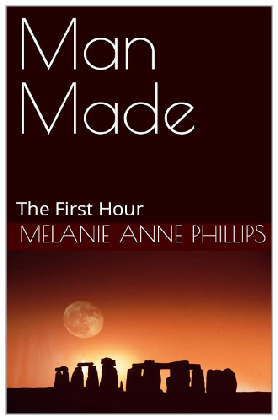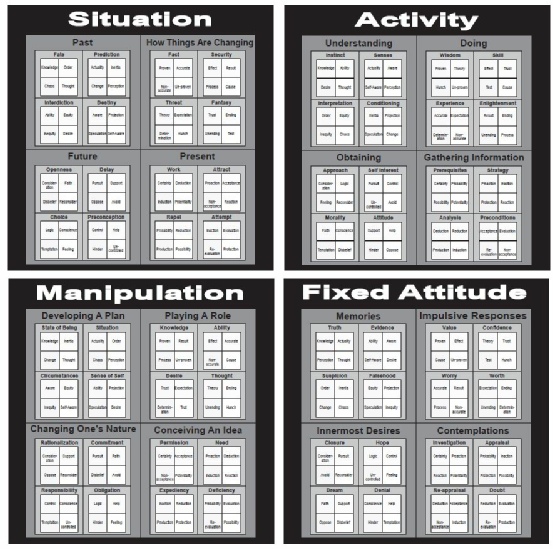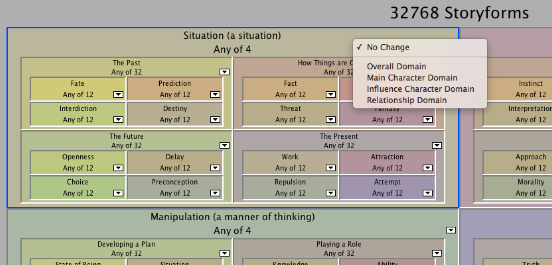|
For Story Structure |
|
For Story Development |
|
|

|
|
Writing with Globular Clusters

In astronomy, a globular cluster is a form of galaxy that is a roughly spherical scattering of stars around a central core. This pattern in reminiscent of plotting statistics where individual data points are scattered around a perceptible center -
What does this have to do with writing? When we are developing a story in our minds we create a narrative space -
The more we consider our potential story, the more our thinking gravitates toward a particular portion of the narrative space -
If we were to map the story point we start to develop from the totality of our subject matter area, we would see that they begin to center around some core concepts. More and more ideas begin to come, packed closer an closer together until critical mass is achieved and our speculations ignite like a star in our narrative space. Our story now has an identity in our minds -
While all this is interesting conceptually, the Dramatica theory of narrative provides some concrete tools you can use to make this process both fun and efficient (and the Dramatica software provides even more).
Many of you may already be familiar with the Dramatica Table of Story Elements. If not, click here to download a copy in PDF. This table represents a balanced spectrum of all the different kinds of considerations that can create dramatic tension in a story.
Some are big issues, like the overall situation or the fundamental mind set of a story. Other are small but crucial points such as whether or not it is better to hold on to hope within a given situation.
Using this chart, you can easily figure out where the core of your story lies. First, print out a copy of the chart like this one:

Next, look over all the names of the story elements and circle the ones that really interest you -
You'll also likely find that you have a few outliers scattered around the chart as well. These points belong to the same narrative space, but don't really belong in the same story. Many different stories can be told in a single narrative space, but you want to ensure that the story points you include are all grouped together to create that identity for your piece.
Now you can draw a circle around that globular cluster on the chart and look at all the story points inside it that you didn't circle. Those are other potential story points that, if explored, will enrich your story and make it more complete. They give you ideas about new elements to add to your evolving concept.
Once you have established a sense of where the heart of your story resides, you can use the Dramatica software to find and refine the structure already indicated by your scatter chart. Here's how...
In both the Windows and Mac versions of Dramatica there is a feature called the Theme Browser. Basically, it is an electronic version of the Dramatica Table of Story Element, but interactive on your screen. And the really cool part is that you can make choices about your story's structure right on the chart!
Here's how it works...
First, have your printed out copy of the chart with all your circled choices handy. Then, open the Theme Browser in the Dramatica software. You'll see that all the items in the chart on screen have a little down-
For example, if you click on the arrow on Situation in the upper left hand corner of the chart, the menu will show you four choices: Overall Domain, Main Character Domain, Influence Character Domain, and Relationship Domain. This tells you that "Situation" could be the home of any one of those four items.

So, if Situation was part of your globular cluster, you would choose one of those four options as being how you want to use the subject matter about a Situation in your story -
Start with the circled choices in your globular cluster that are of most interest to you. After making structural choices for just a few of those (a dozen or less), you'll find that you've entered enough information into the Dramatica Story Engine for it to predict the rest of your entire structure!
All the other story points needed to make a solid core for your story will have been automatically filled in by the software. Some will be in your cluster, but others will be all around the chart, creating a structural framework for your story that covers all the bases and leaves no holes.
Now, it may take a bit of time to become really proficient at this, but it is worth the effort because it lets you approach structure through your subject matter and to create your story's mechanics by focusing on what most ignites your passions.
In summary, writing with Globular Clusters makes the structuring of your story both painless and efficient, and avoids becoming mired in logistics when your Muse just wants to have fun.